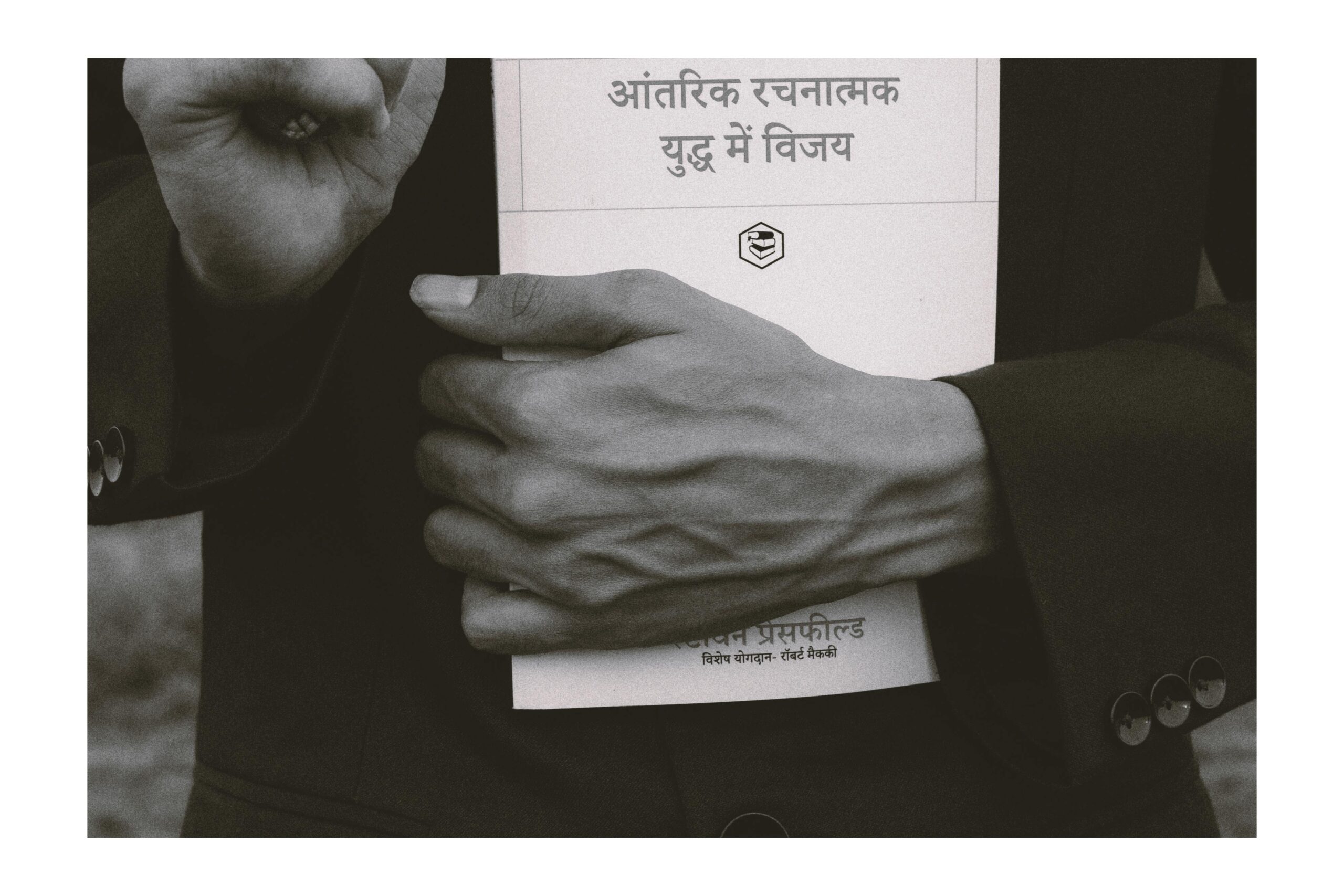India, a nation celebrated for its linguistic diversity, now finds itself in the midst of a contentious debate over language policy. At the heart of this conflict is Hindi—a language spoken predominantly in the North—that many see as both a unifying force and a source of cultural imposition. This article explores how Hindi has become a flashpoint in the regional rift between North and South India, delving deeper than headlines to examine historical, political, and social nuances.

Historical Context and Linguistic Diversity
India’s linguistic landscape is as complex as its history. With 22 officially recognized languages and hundreds of dialects, the country’s linguistic tapestry reflects centuries of cultural evolution. Hindi, written in the Devanagari script and widely spoken across northern states, became the language of the newly independent nation’s government in the mid-20th century—a decision that has continued to shape national identity and regional politics.
- Colonial Legacy and Post-Colonial Nation-Building:
Post-independence, India sought to forge a common identity. However, the drive to promote Hindi as the “lingua franca” was met with resistance in non-Hindi-speaking regions, particularly in the South, where languages like Tamil, Telugu, Kannada, and Malayalam hold deep historical and cultural significance. - Constitutional Provisions and the 8th Schedule:
While the Indian Constitution recognizes Hindi and English as official languages, it also acknowledges the importance of regional languages through the Eighth Schedule, allowing each state to nurture its linguistic heritage.
The Political and Cultural Implications
The promotion of Hindi has stirred political debates that cut to the core of regional identity and autonomy.
- Political Mobilization and Regional Identity:
In many South Indian states, political parties have historically opposed policies that appear to impose Hindi on local populations. Protests and political campaigns have underscored a deep-seated sentiment that such policies might dilute regional identities and cultural heritage. Over time, the assertion of linguistic identity has evolved into a potent symbol of resistance against perceived cultural homogenization. - Education and Employment Policies:
Language instruction in schools and government job requirements further fuel the debate. Critics argue that overemphasis on Hindi in educational curricula can marginalize students whose first language is not Hindi, leading to lower academic performance and limited access to civil service opportunities. - Media and Public Discourse:
Media narratives often shape public opinion, and the portrayal of Hindi as either a national connector or a tool of cultural dominance plays out across television, print, and social media. This duality continues to influence the language choices made by generations across the country.
Socio-Economic Dimensions of the Debate
The language divide is not only about identity and politics—it has tangible socio-economic implications:
- Access to Government Services:
In regions where local languages predominate, the heavy reliance on Hindi in official communications can hinder access to essential services. This creates a gap in public service delivery, deepening socio-economic divides. - Workforce Integration:
For many South Indians, proficiency in Hindi is not just a cultural challenge but a pragmatic issue, affecting employment in sectors that require inter-state communication or government interaction. - Economic Disparities:
Differences in language proficiency can reinforce regional economic disparities, with dominant language policies potentially favoring the North in industries like media, governance, and business.

Bridging the Divide: Moving Towards Inclusive Language Policy
As India continues to navigate its path forward, several initiatives and policy reforms are emerging to address these divisive issues:
- Multilingual Education Models:
Advocates call for an education system that emphasizes multilingual proficiency—helping students gain fluency in their mother tongue, Hindi, and English—thus broadening opportunities while respecting linguistic diversity. - Policy Reforms in Government Communication:
There is growing support for government documents, public services, and digital platforms to be made available in multiple languages, ensuring no community is left behind due to language barriers. - Cultural Exchange Initiatives:
Cultural programs and festivals that celebrate linguistic diversity are increasingly being promoted at local and national levels, fostering a spirit of mutual respect and shared identity. - Technological Integration in Language Preservation:
Modern digital tools are being harnessed to support language learning and translation services. Initiatives like AI-driven translation apps help bridge the communication gap, making government and corporate communications more accessible to non-Hindi speakers.
Frequently Asked Questions
Q: Why has the promotion of Hindi become controversial in South India?
A: The controversy stems from historical, cultural, and political factors. Many in South India view the insistence on Hindi as a challenge to their regional languages and identities, which have evolved over centuries. The imposition of Hindi in education and governance is seen by some as a form of cultural dominance that undermines local traditions.
Q: How does the Indian Constitution address linguistic diversity?
A: The Indian Constitution recognizes Hindi and English as official languages while also including 22 languages in the Eighth Schedule. This provision acknowledges the importance of regional languages and aims to preserve the country’s linguistic diversity.
Q: What impact does this language divide have on education?
A: In regions where the local language is predominant, an overemphasis on Hindi in the curriculum can negatively affect students’ learning outcomes. It may also limit their opportunities in government employment and higher education, where proficiency in Hindi is often required.
Q: How are current policies attempting to bridge the language gap?
A: Current efforts include promoting multilingual education, making government communications available in several languages, and launching cultural initiatives that celebrate linguistic diversity. These measures aim to create a more inclusive system that respects and preserves regional identities while fostering national unity.
Q: What role does technology play in addressing language barriers?
A: Technology, such as AI-powered translation tools and multilingual digital platforms, is increasingly being utilized to make information more accessible. These tools help provide real-time translations and can bridge communication gaps in both educational and governmental contexts.
Q: How has the language debate influenced politics in India?
A: The language debate has become a significant political issue, with regional parties in the South mobilizing against perceived impositions of Hindi. This has led to broader discussions about federalism, cultural autonomy, and the balance between national unity and regional identity.
Q: Is there evidence of economic disparities linked to language proficiency?
A: Yes, regions where residents are less proficient in Hindi often experience lower levels of participation in certain government and business sectors, potentially reinforcing economic inequalities between different parts of the country.
Q: Can multilingual education help resolve these issues?
A: Many experts believe that a robust multilingual education model—where students learn their mother tongue alongside Hindi and English—can mitigate educational disparities and promote greater inclusion across India.
Q: What are some successful examples of inclusive language policies?
A: Several states have implemented inclusive language programs in schools and public services that incorporate local languages along with Hindi and English. These initiatives have helped improve literacy, civic engagement, and economic opportunities in diverse linguistic regions.
Q: What future measures are proposed to reduce the language divide in India?
A: Future proposals include expanding multilingual digital services, further integrating regional languages in public policy, and continuing cultural exchange initiatives that celebrate India’s linguistic heritage, ensuring that all voices are heard and valued.

Conclusion
India’s language war over Hindi is more than just a debate about words—it is a reflection of the nation’s complex cultural mosaic and a struggle to balance unity with diversity. As the country continues to evolve, fostering policies that respect regional languages while promoting national communication will be crucial. Through education, technology, and inclusive governance, India can address the underlying issues of the North-South divide and move toward a future where every linguistic community feels represented and empowered.
Sources Aljazeera


